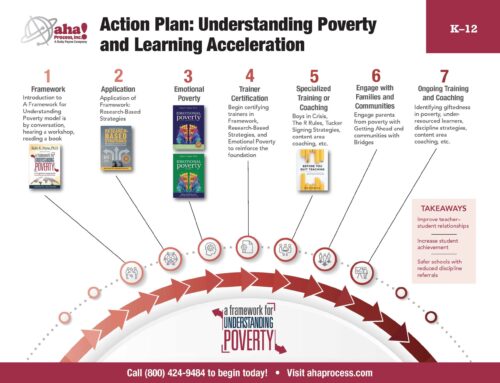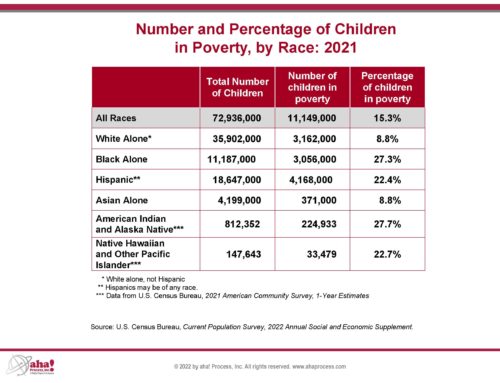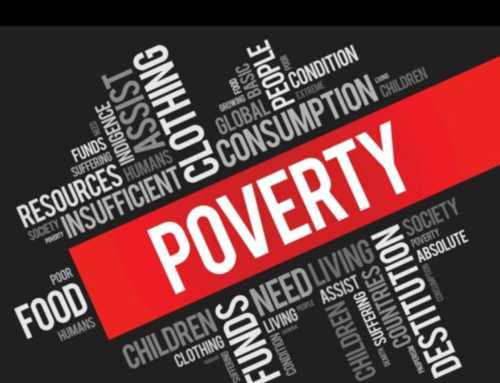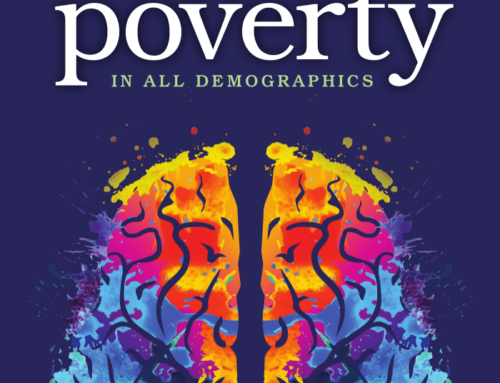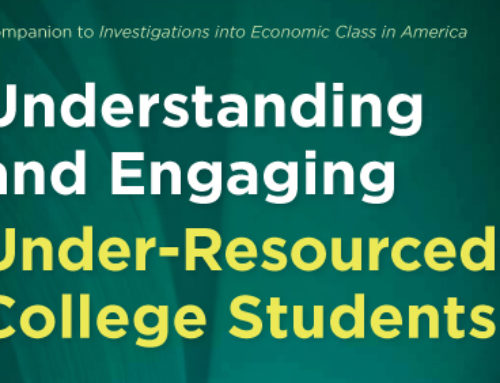By Chase Pattillo
We like to view things through the lens of social class at aha! Process. Simply put, this is why higher education is so interesting to us – few institutions attract the entire socioeconomic spectrum to the degree that it does. Such diversity requires a great degree of understanding, something that’s incredibly difficult to achieve given the realities of day-to-day life for students, faculty and staff. We understand. It’s not easy. That said, given our knowledge, we are in a unique position to enact enormous change in the higher education landscape.
A brief history lesson. As most of you know, the profile of a college student has drastically changed since the inception of higher education in the US centuries ago. Quite simply, college was historically reserved for the wealthy. Things changed. Following government initiatives to increase college accessibility, fundamental shifts in the types of jobs available and our country’s ongoing change in perception of a college degree, enrollment rates have increased dramatically over the past one hundred and fifty years (see chart below).
 In reaction to increased enrollment after World War II, colleges were forced to adapt. Successfully attracting, retaining and graduating this new population became crucial to their success. As total enrollment continued to increase, so too did under-resourced student enrollment.
In reaction to increased enrollment after World War II, colleges were forced to adapt. Successfully attracting, retaining and graduating this new population became crucial to their success. As total enrollment continued to increase, so too did under-resourced student enrollment.
Back to the present. This new landscape represents a foreign environment for many schools. The needs of first generation college students are not well understood or well documented by most higher education institutions. With this in mind, retention and graduation rates amongst this population have suffered. According to Tom Mortenson, a Senior Scholar at The Pell Institute for the Study of Opportunity in Higher Education, only 8.3% of students from low-income households attain a bachelor’s degree by their mid-20s.
Where does this leave us? As the need for “knowledge-based” workers in the United States increases, so too does the need for a college-level education. Now, more than ever, colleges must act to better understand and engage their under-resourced students.

